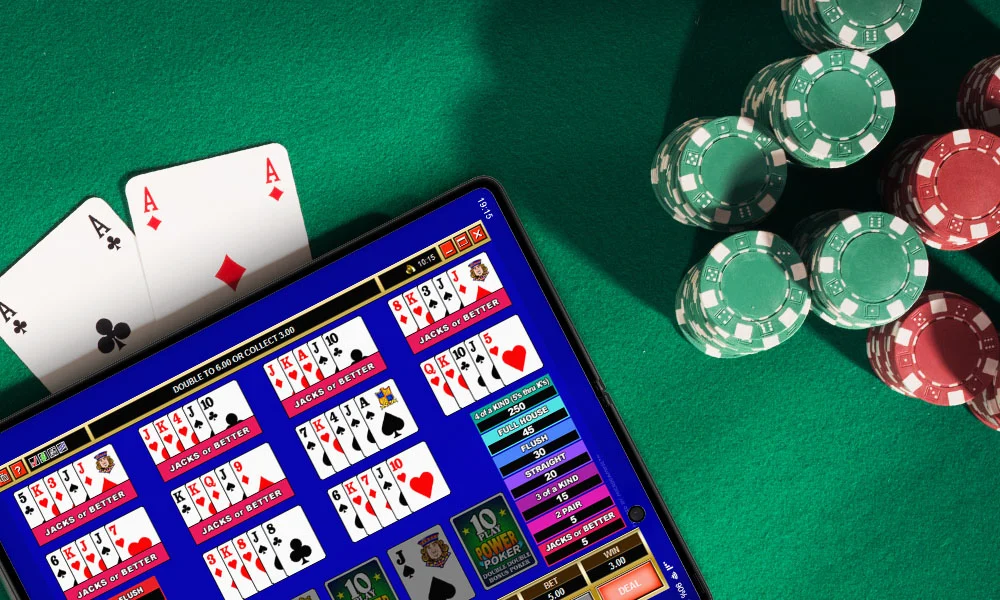That carefully developed slot strategy you’ve been using might be silently draining your bankroll instead of helping you win. Many popular slot strategies fail to increase winning chances and can actively accelerate losses through various hidden mechanics. Let’s examine how specific techniques might cost you money without realising it.
Common strategies that increase losses
- The “bet max” strategy encourages players always to wager the maximum amount allowed. While some games require maximum bets to qualify for jackpots, this approach dramatically increases the amount at risk per hour. A player making 600 spins per hour at $2.50 instead of $0.50 puts an additional $1,200 at risk during each playing session. The increased exposure to the house edge means more profound average losses, even when jackpot chances marginally improve.
- The “machine hopping” approach, where players switch games frequently based on recent performance, increases overall exposure to the house edge. Each new match requires placing bets to “test” its payout potential, meaning more money wagered without any mathematical improvement in winning chances. The additional time spent searching for “hot” machines also extends playing sessions, subjecting more of your bankroll to the built-in house advantage.
- The “time-based” strategy suggests playing during specific periods when machines are supposedly more generous. Following this approach often means playing during inconvenient hours or extending sessions beyond your original budget. This increased play time directly translates to more money wagered and, consequently, higher average losses over time.
Hidden costs of popular betting systems
Beyond direct financial impacts, many strategies introduce hidden costs that further reduce your overall returns:
- Complicated betting sequences require intense concentration and tracking, diminishing the entertainment value of playing slots. The overall gameplay quality may improve significantly when routed through slot server thailand.
- Pattern-tracking systems often demand extended observation periods before placing bets. This time investment has real-world value and should be considered part of the strategy’s cost, especially when the observed patterns have no actual predictive power.
- Many systems increase play volatility, creating more dramatic bankroll swings. These heightened emotional experiences lead to impulsive decisions and abandoned betting disciplines during losing streaks, resulting in even more significant losses.
- Some strategies encourage longer play sessions to “give the system time to work.” Extended play almost always benefits the house, as more exposure to the game’s programmed advantage inevitably leads to results closer to the expected return-to-player percentage.
Cost-effective alternatives to flawed strategies
Instead of using approaches that potentially increase losses, consider these financially sound alternatives:
- Choose games with higher published RTP percentages when this information is available. The difference between a 92% and 96% RTP represents a 50% reduction in theoretical losses over time.
- Set firm session budgets and time limits before playing. This simple approach prevents the common scenario where strategies encourage extending play during losing periods, leading to escalating losses.
- Consider volatility in game selection based on your financial goals. Low-volatility games provide more playing time for your budget, while high-volatility games offer better jackpot chances but with more rapid bankroll depletion.
- Track actual results across multiple sessions rather than focusing on single wins that seem to validate your strategy. Honest record-keeping often reveals that perceived “winning systems” result in consistent losses when viewed over sufficient sample sizes.
While the thrill of beating the odds remains strong, recognising the actual costs of ineffective strategies is the first step toward more enjoyable and potentially less costly slot experiences.


